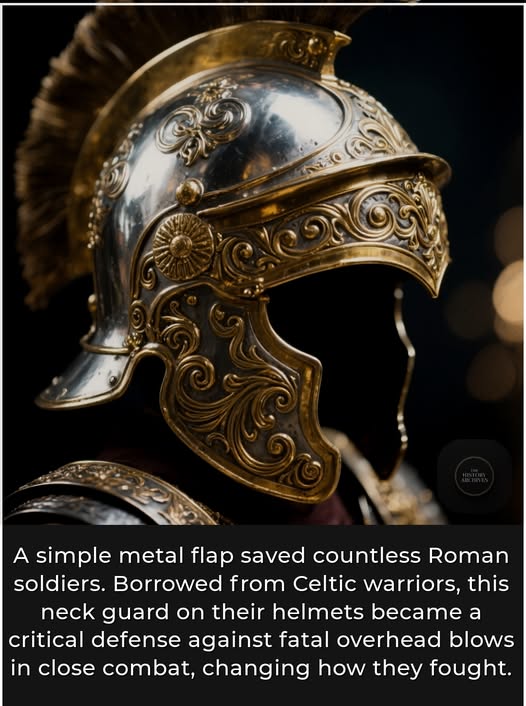
One of the most critical pieces of Roman armor, the Montefortino helmet used around the 4th century BC, was actually a design borrowed from Celtic warriors.
This helmet featured a simple but life-saving innovation: a small, protruding neck guard at the back.
In the chaos of close-quarters combat, this small flap of metal was designed to deflect downward sword or axe blows aimed at the back of a soldier’s neck.
It was a practical and efficient addition that didn’t add much complexity or cost to the helmet’s production.
The design proved so effective that the Roman Republic adopted it widely, and it became a common sight on the battlefield during major conflicts like the Punic Wars against Carthage.
Initially, soldiers often had to provide their own equipment, but the clear advantages of helmets like the Montefortino led to greater standardization.
This shows the Roman genius for recognizing, adopting, and perfecting effective military technology, regardless of its origin.
The legacy of this simple neck guard can be seen in the design of military helmets for centuries to come, a testament to a feature that saved countless lives.
